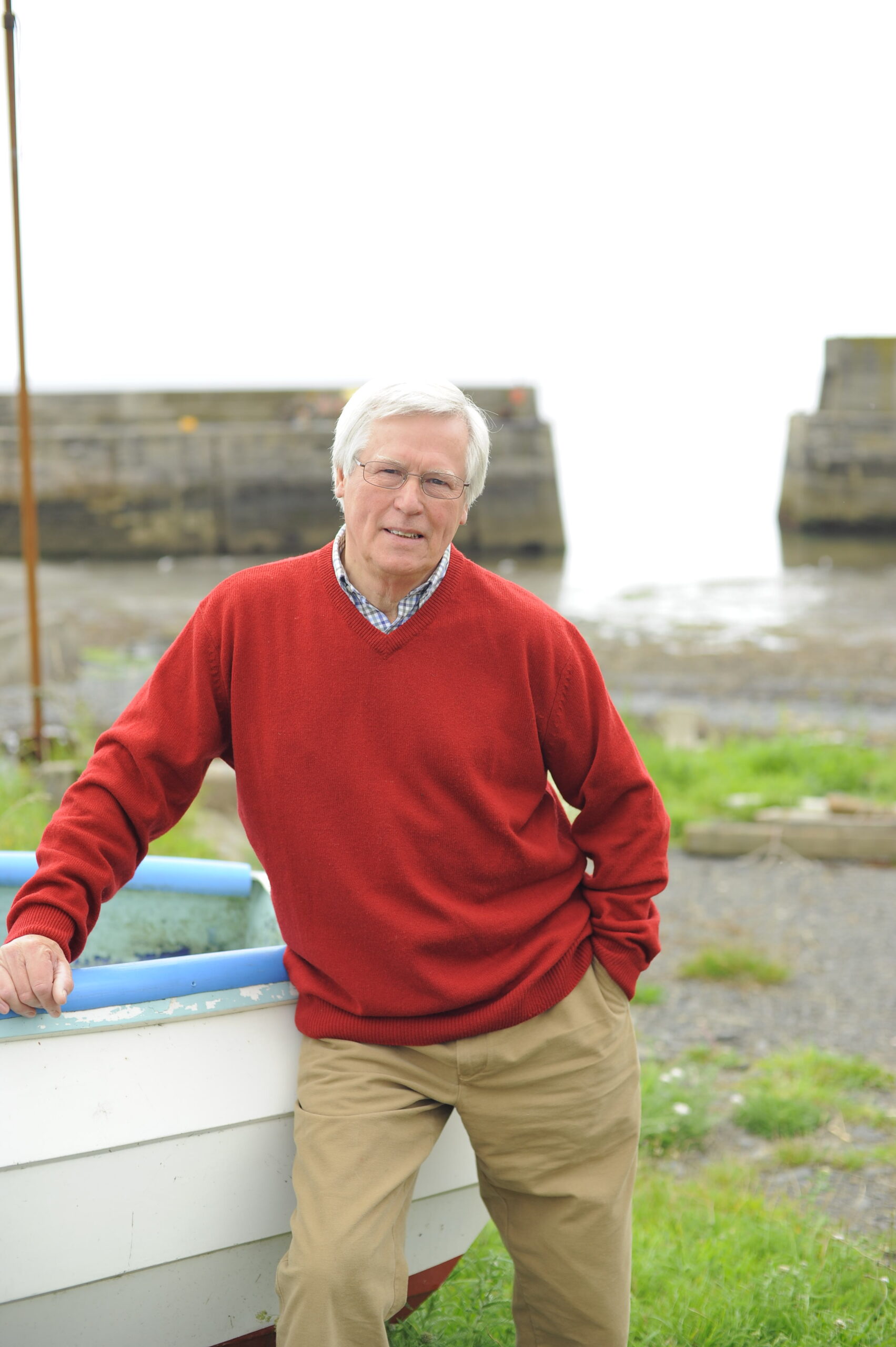The public outcry that swept the nation after the mindless destruction of the world-famous Sycamore Gap tree that had stood for 150 years in a dramatic dip of Hadrian’s Wall showed just how much we care about our heritage trees. But are we doing enough to safeguard them?
After another controversial felling of the 450-year-old Whitewebbs oak in North London in April this year, there were calls for natural treasures like these to be given the same protection as listed buildings and monuments.
- The story of the Sycamore Gap tree – and what happened after it was felled
- Age of Sycamore Gap tree finally revealed after Historic England conduct ring-count
I’m not a tree-hugger but I do love to see them, identify them and walk amongst them. I was close to tears when a magnificent oak that I could admire from my garden crashed down in a storm. We can’t really protect any tree from the forces of nature, but we can make special ones less vulnerable to the actions of humans and build their numbers to ensure the future security of our native woodlands.
Which leads me to two major, long-term projects. The first is a scheme to restore and expand the last fragments of the UK’s temperate rainforests; the second an initiative to rescue ancient woodlands crowded out by conifers when modern plantations grew up around them.
Restoring UK rainforests
Temperate rainforests once covered a fifth of the UK but less than 1% remain and they face threats from rising temperatures, invasive species and the simple fact that they are so isolated. The Wildlife Trusts is spending £38m over the next 100 years to restore 1,755 hectares of damp, mossy rainforest along the western coastline from Cornwall to Scotland, including Wales as well as Northern Ireland and the Isle of Man.
It’s a fine example of co-operation between conservation and big business, with the funding coming from an insurance giant. “Working in partnership with Aviva shows both how businesses have a critical role to play in helping nature to recover and how nature is vital for a resilient business environment,” says Stan Smith of the Wildlife Trusts.
“The two go hand in hand. Aviva donated one of the largest ever private sector funds for nature-based solutions… and we’re delighted to have already secured almost 700 hectares for rainforest creation.” That includes 300 hectares at Glen Auldyn on the Isle of Man, where seeds will be gathered from the few surviving patches of rainforest in steep gorges nearby.
Claudine Blamey, Aviva’s chief sustainability officer, says: “We are proud to support such a transformative project which not only enhances the beauty and biodiversity of the island but also provides benefits to local communities, including green jobs, tourism and improved flood resilience, helping them to get ready for the future.”
Manx oak will be among 10 species to be grown at Glen Auldyn and the hope is that the new rainforest will also become a haven for threatened birds such as hen harriers, ring ouzels and wood warblers as it becomes the biggest nature reserve on the island.
Wilding ancient woodlands
The other tree project launched by the Woodland Trust, Forgotten Forests, has its origins in the days after the Second World War. To provide vast amounts of timber for the future, about 40% of long-established woods were cleared and replaced with fast-growing conifers under a scheme known as PAWS (Plantations on Ancient Woodland Sites). Many of these plantations are now ready for harvesting, so the choice is either restocking them with conifers or restoring the ancient woods, which are defined not by the age of trees but by the age of the land.
“We realise conifer plantations are still very much needed but these should be planted elsewhere and can never replace the centuries of rich, complex soils and seedbanks of the ancient woodlands whose future now hangs in the balance,” says Adam Cormack, head of campaigning at the Trust. “They are the beating heart of our ecology, culture and heritage.”
The Trust is urging the Government to meet its target of restoring at least 5,000 hectares of these woodlands every year – a target which is far from being met. A report last year revealed that only an area the size of six rugby pitches of privately owned PAWS in England was restored with government help. So, if these ancient woods are to be saved, hefty corporate support looks to be imperative. Mega-rich sponsors, please step forward!
Read more of John's columns
- “The water isn’t even fit for dogs to swim in sometimes.” John Craven on the UK’s water pollution problem – and what’s being done to tackle it
- ‘Fly-tipping is a disgraceful scourge of our throwaway society,’ says John Craven
- Scientists strapped tiny data-gathering ‘backpacks’ to English nightingales – and discovered something worrying
- King Charles III is dumping deer bones and dead trees in rivers. Here's how it's saving Scotland’s waterways
Top image: aerial photo of the felled Sycamore Gap tree in September 2023. Credit: Getty
